Macro Photography
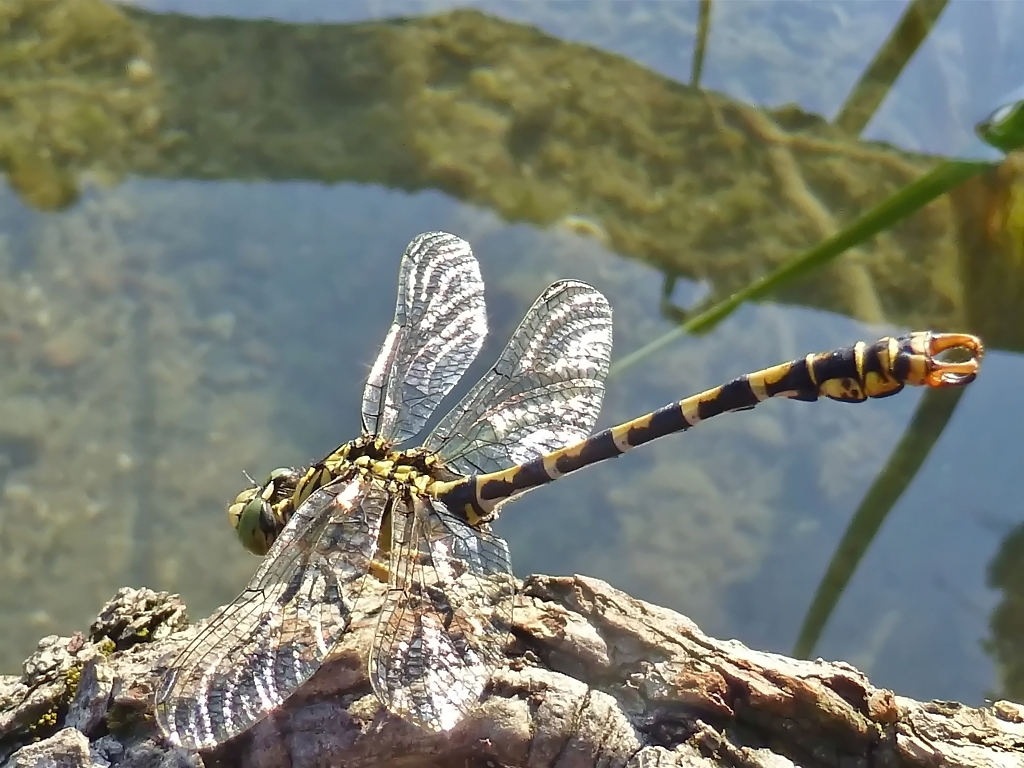
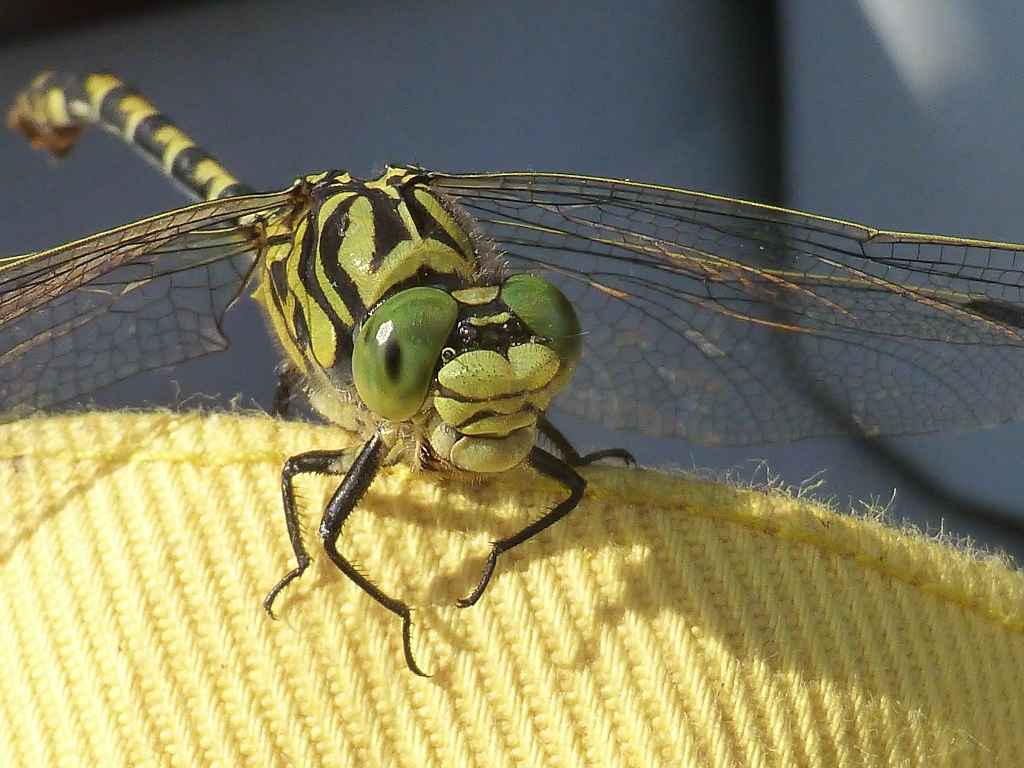
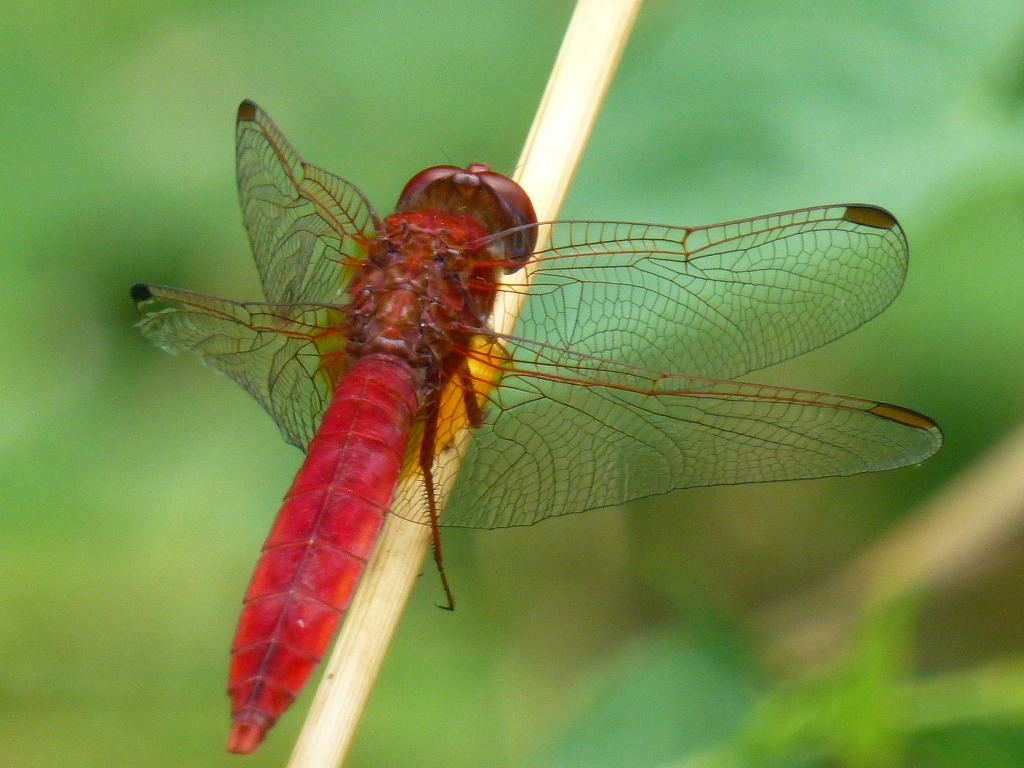
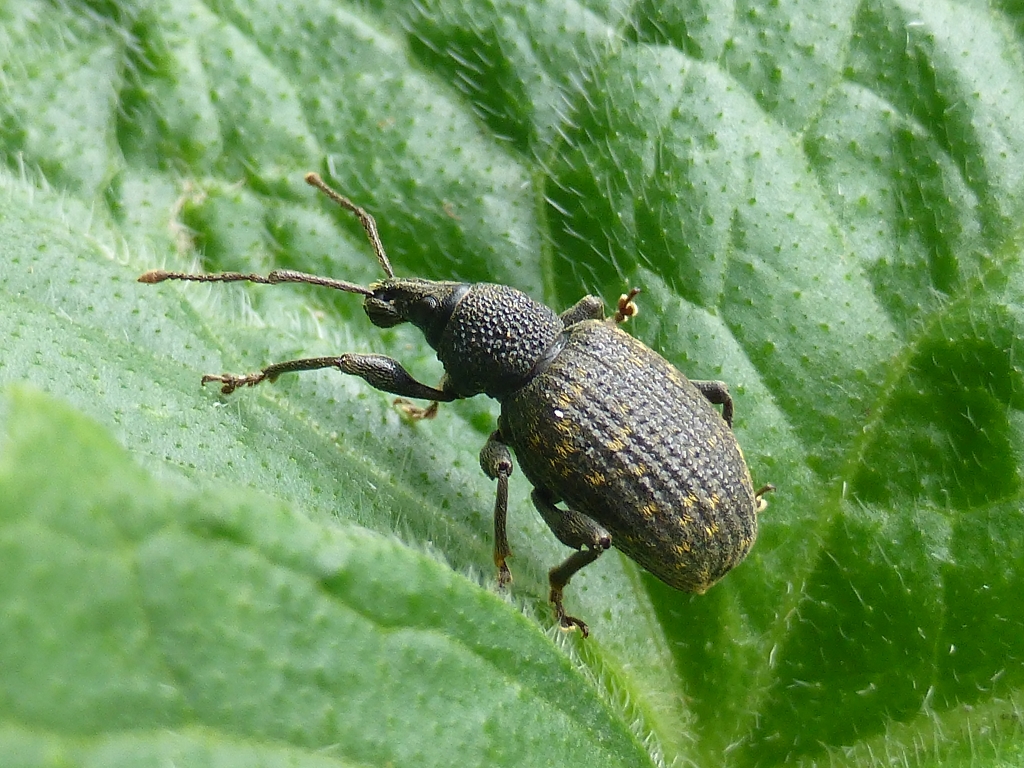
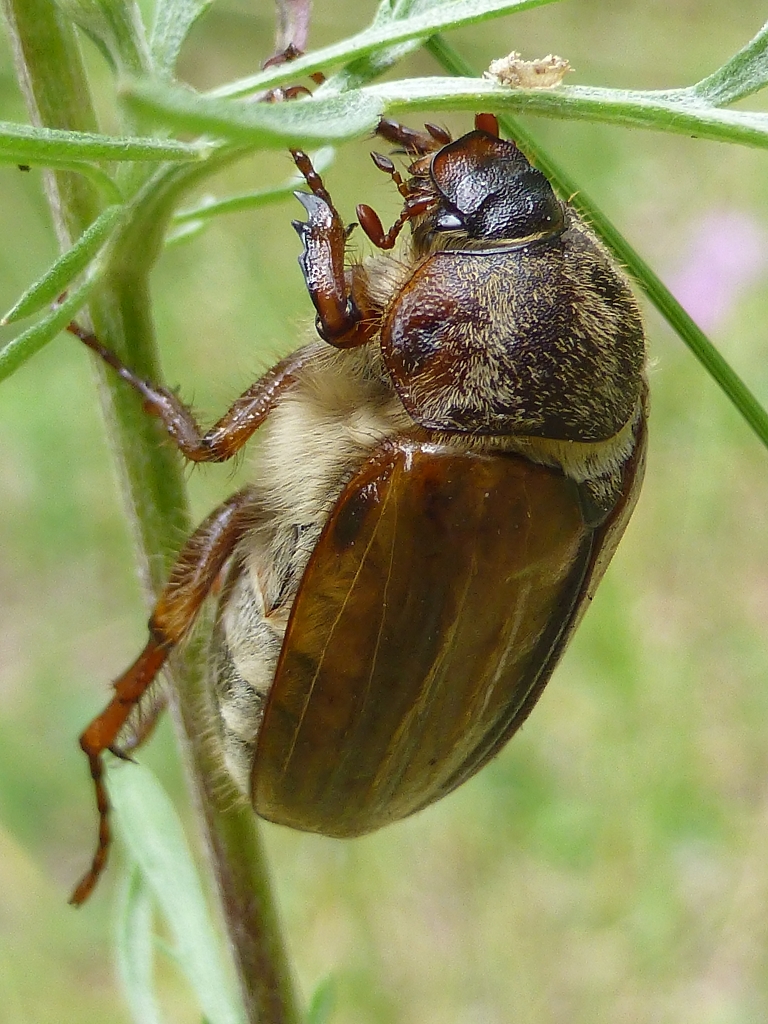
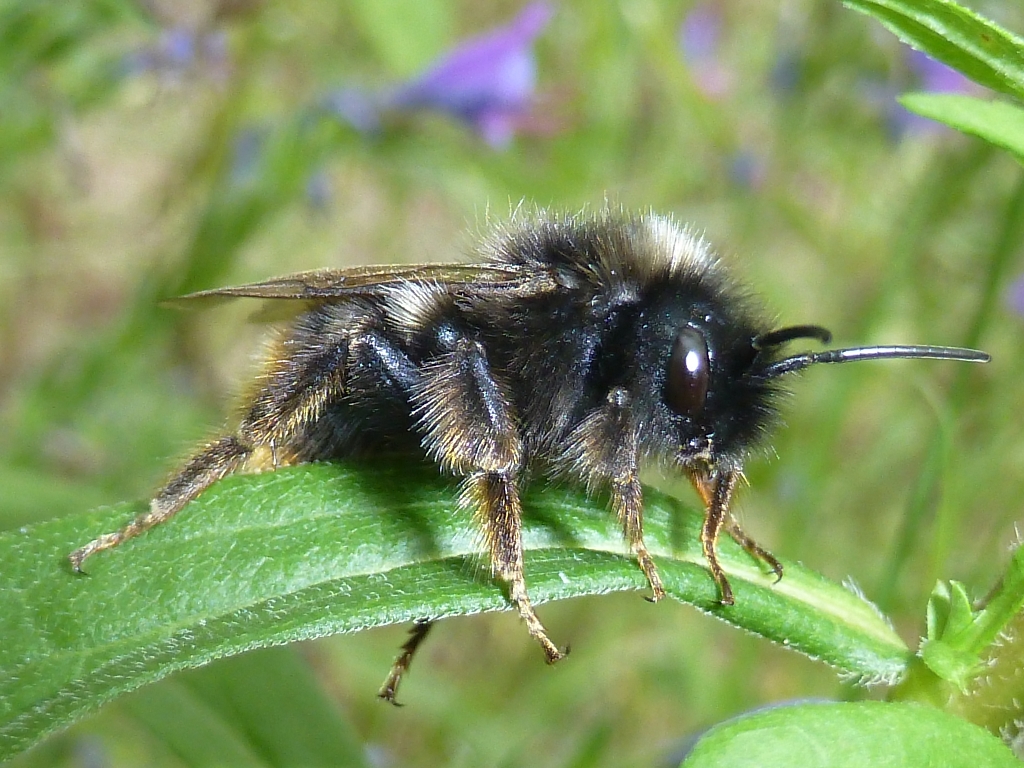
More than Seeing:
Associative Sensory Experiences
Macro photography opens up insights into the world of the microcosm. Extreme close-ups sharpen our vision while simultaneously evoking associations with other senses: we feel as if we could touch surfaces, perceive scents, or taste aromas. In this way, macro photography expands perception far beyond mere sight.
Primarily, macro photography addresses the sense of vision, yet through associative, indirect connections it also engages touch, smell, taste, and hearing. It can thus become an almost multisensory experience – even though it conveys only visual information.
Obviously, sight is the most important sense in photography. Macro photography reveals details that remain hidden to the naked eye. It sharpens our perception of structures, textures, colors, and forms. Through extreme close-ups of surfaces – such as a leaf vein, an insect wing, or the grain of wood – a tactile impression also emerges. One almost feels as if the surface could be touched.
The sense of smell, too, is activated through association. Close-up images of blossoms, herbs, or spices evoke the idea of fragrance. The photograph itself does not provide a scent, yet the visual proximity stirs memories stored in the olfactory system. Some macro images additionally awaken acoustic associations – raindrops on a leaf, for instance, make the gentle “splatter” almost audible in the mind. Likewise, macro shots of animals such as crickets or bees trigger auditory imagery. With food subjects – like fruits or spices – the visual closeness can even create the impression of taste.
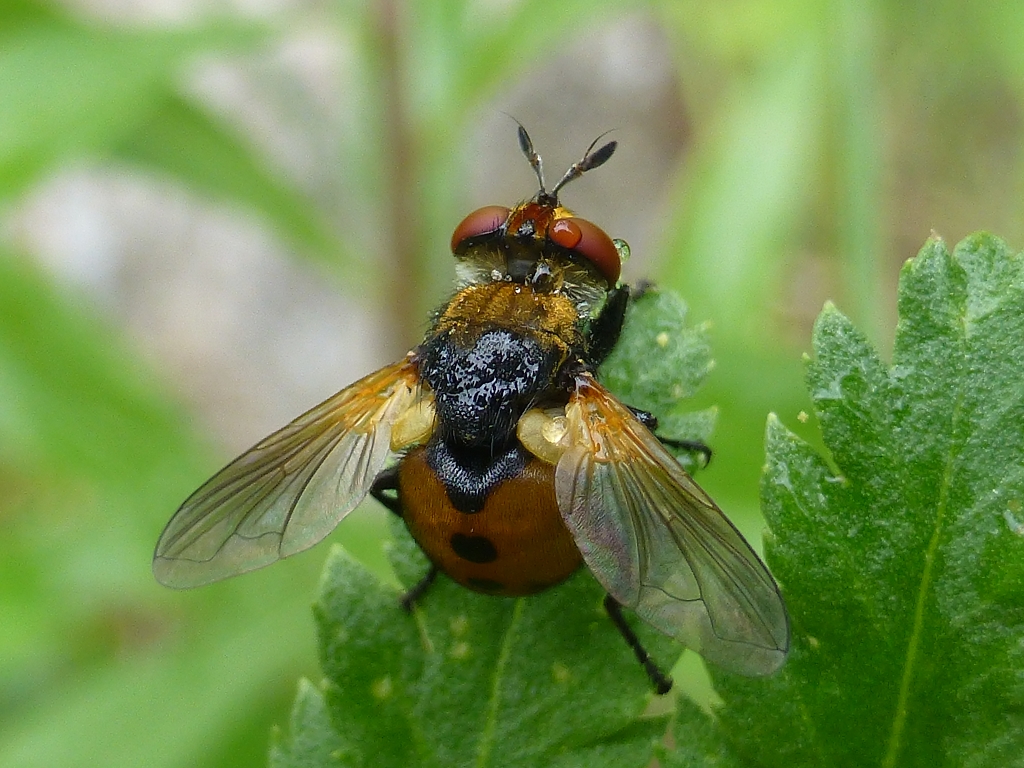
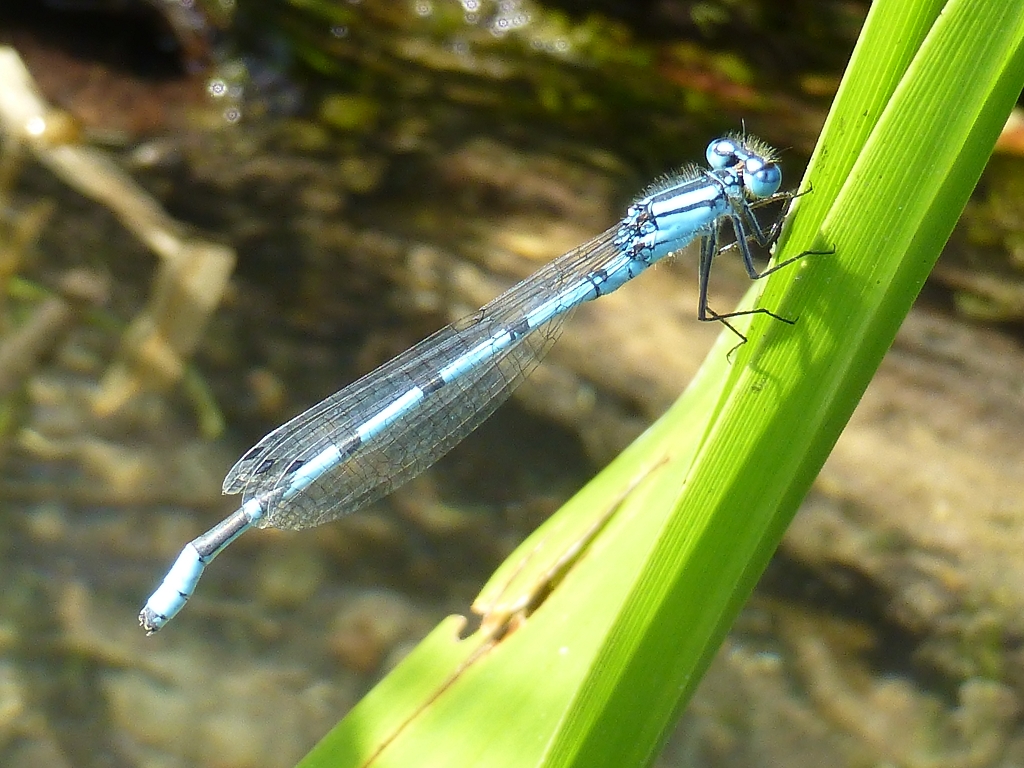
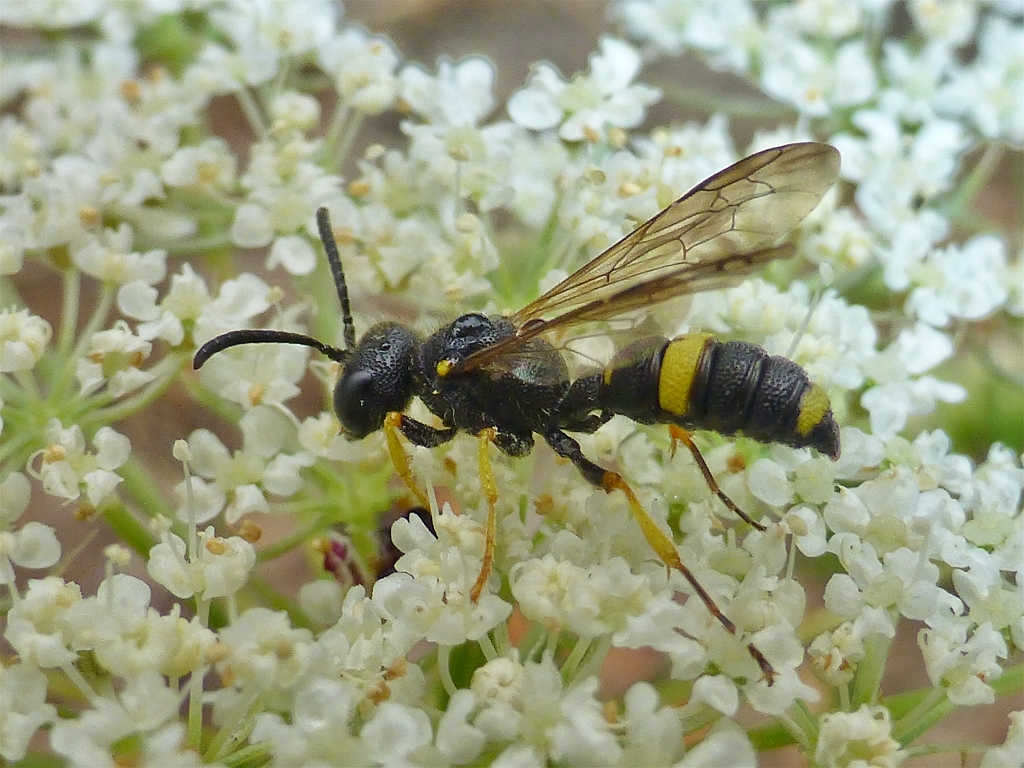
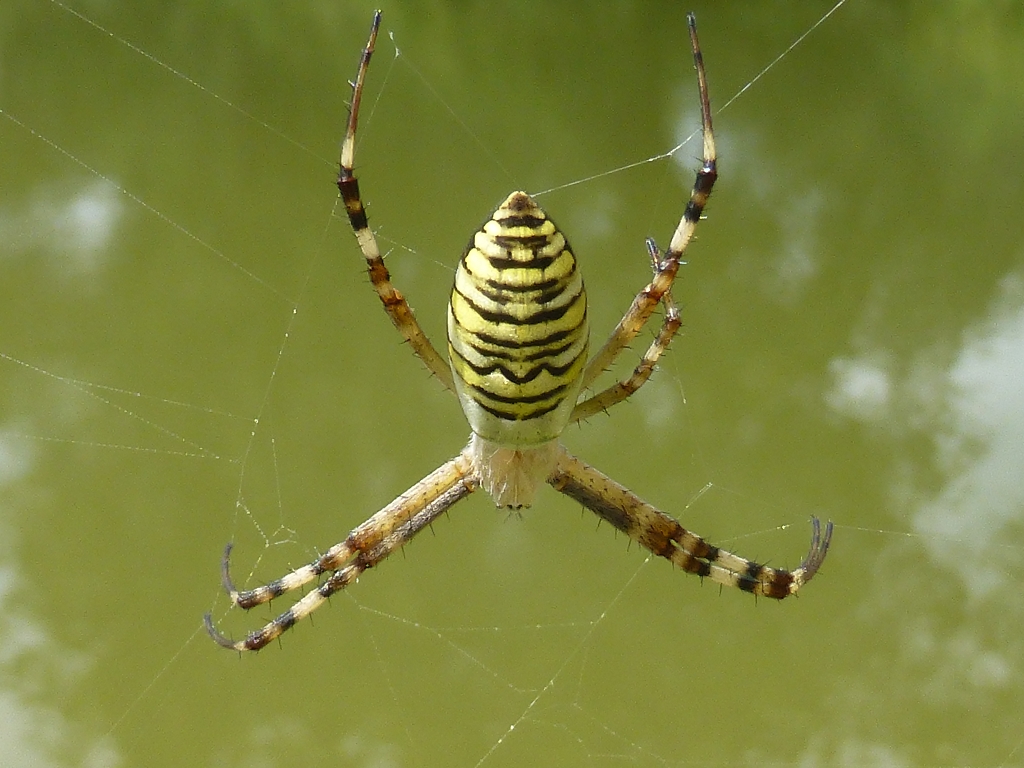
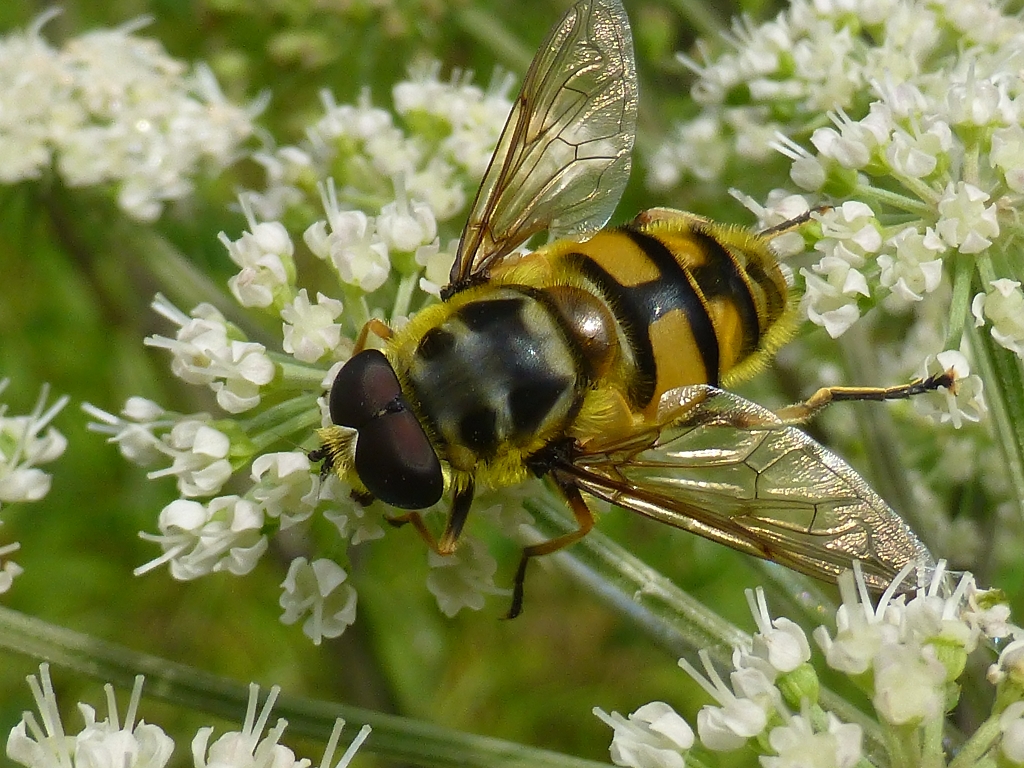
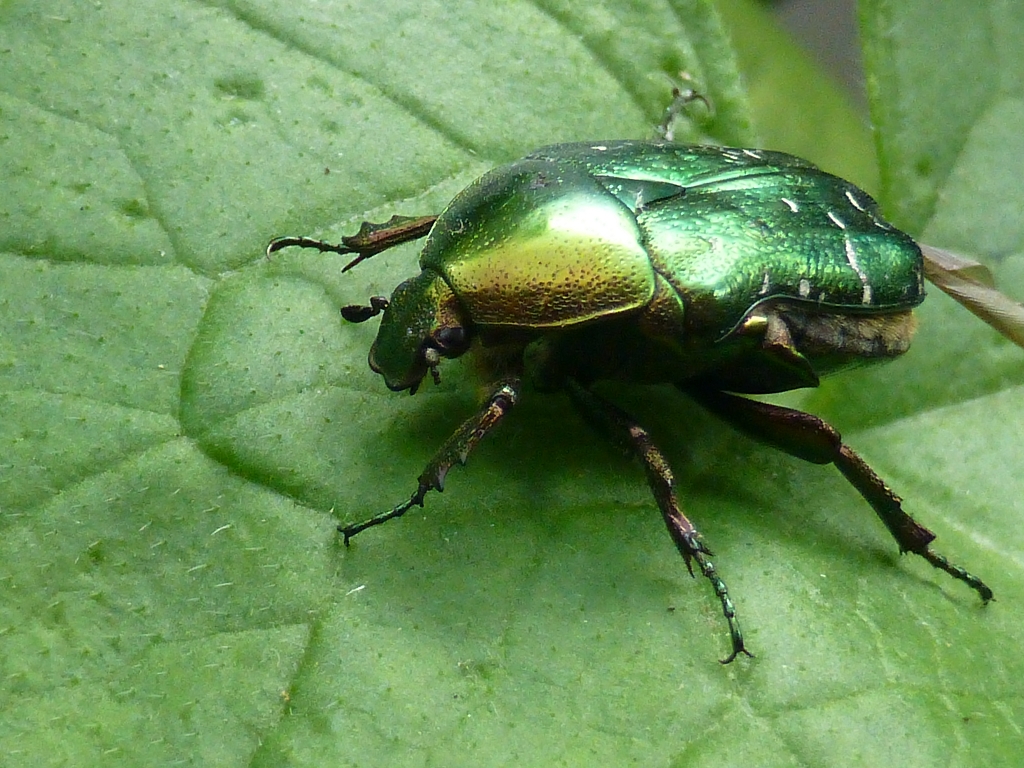
Tiny Worlds of Wonder
Macro photography offers us a fascinating way to discover the world with new eyes: up close and almost tangible. Our sense of sight takes center stage, challenged to perceive the finest details that often remain hidden in everyday life.
When we look at a flower, an insect or a drop of water in macro format, seemingly ordinary subjects transform into tiny worlds of wonder. Our eyes take in structures, colors and shapes that we would hardly notice otherwise. Macro photography makes us sensitive to these tiny details and sharpens our visual perception.
Focusing on small things requires patience and concentration – a practice for the sense of sight that sharpens and refines it at the same time. Those who regularly practice macro photography train their eye for nuances, details, textures and light reflections.
Macro photography is our way of revealing the beauty of the small and smallest things and the amazing diversity of nature.
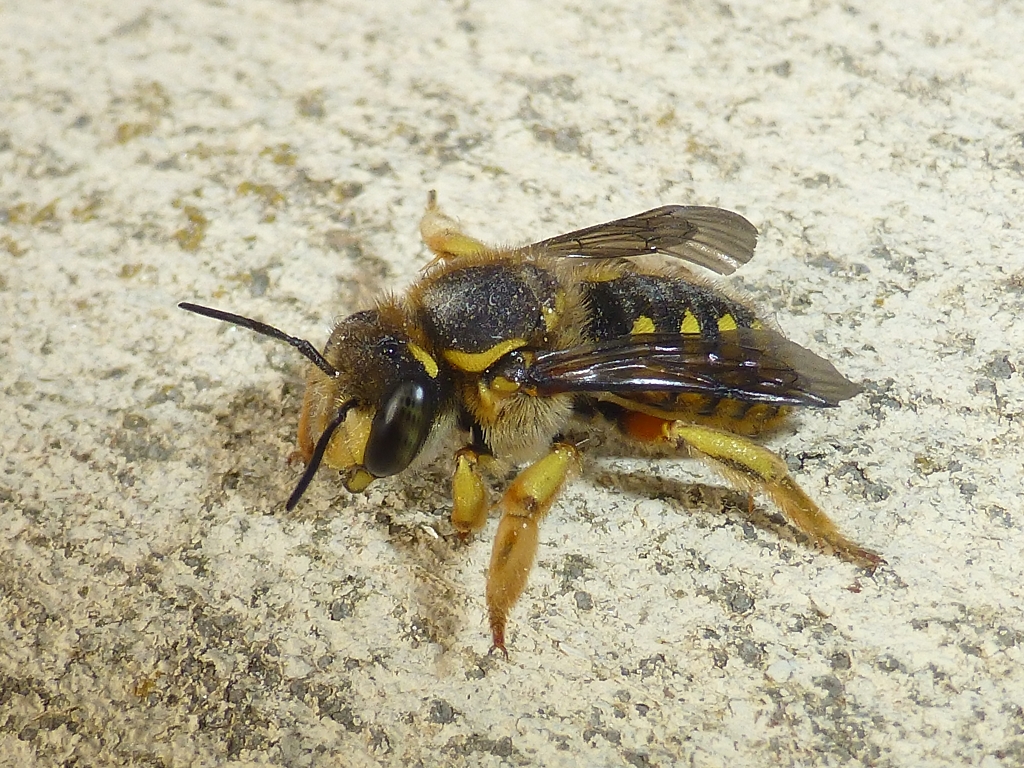
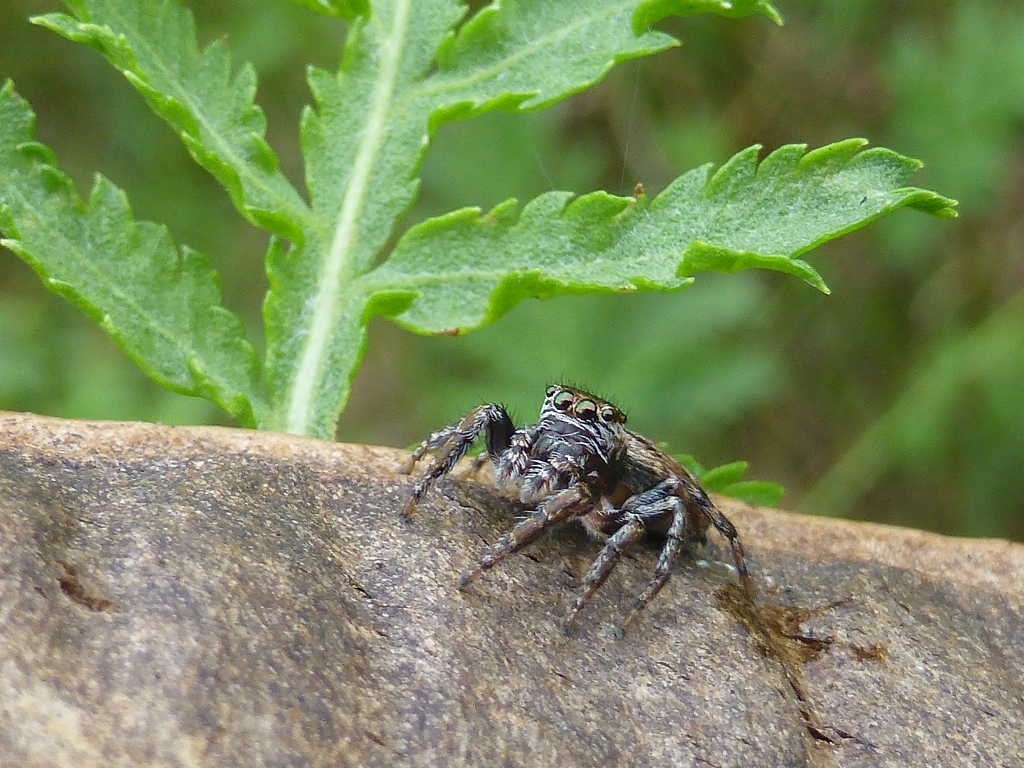
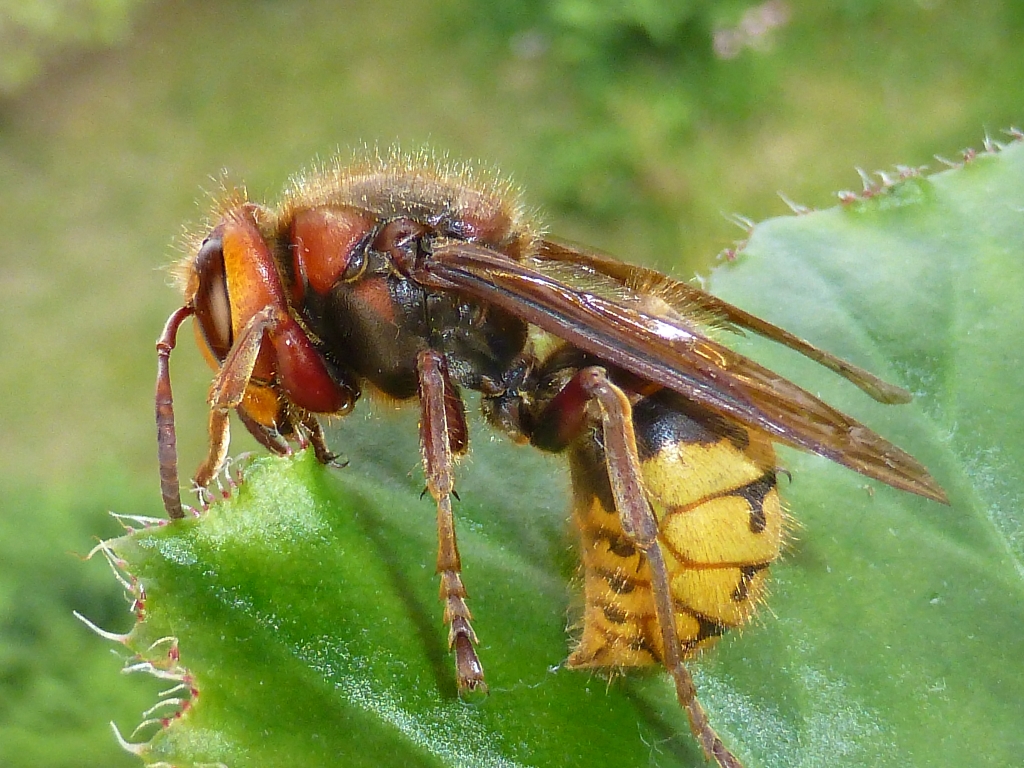
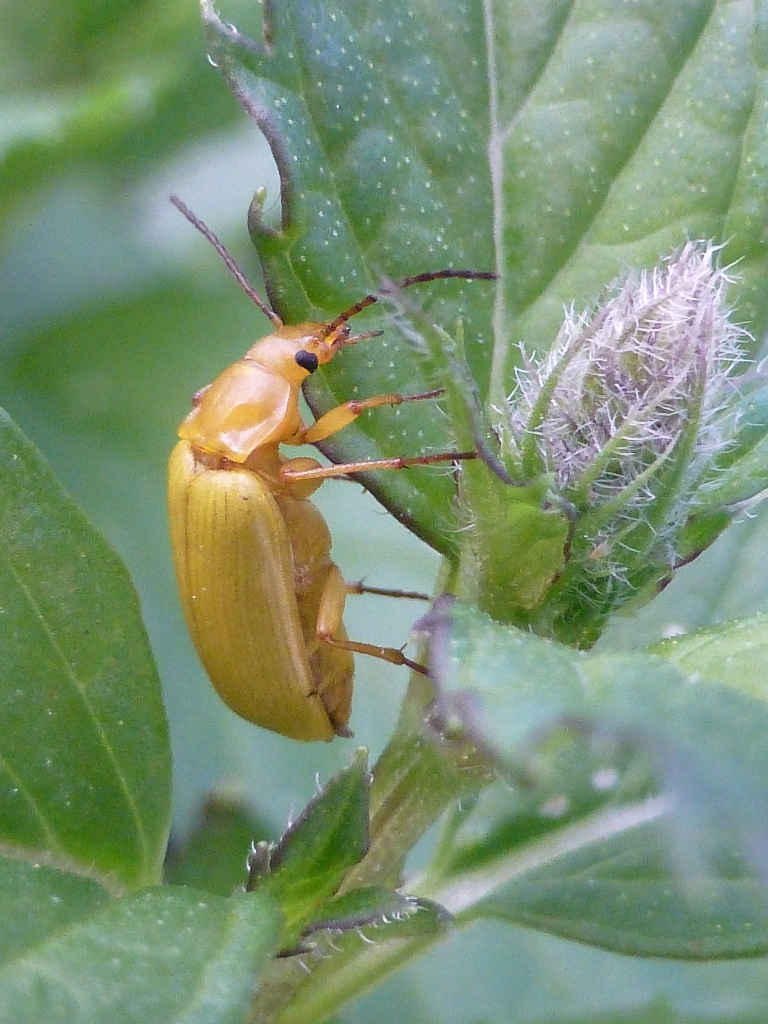
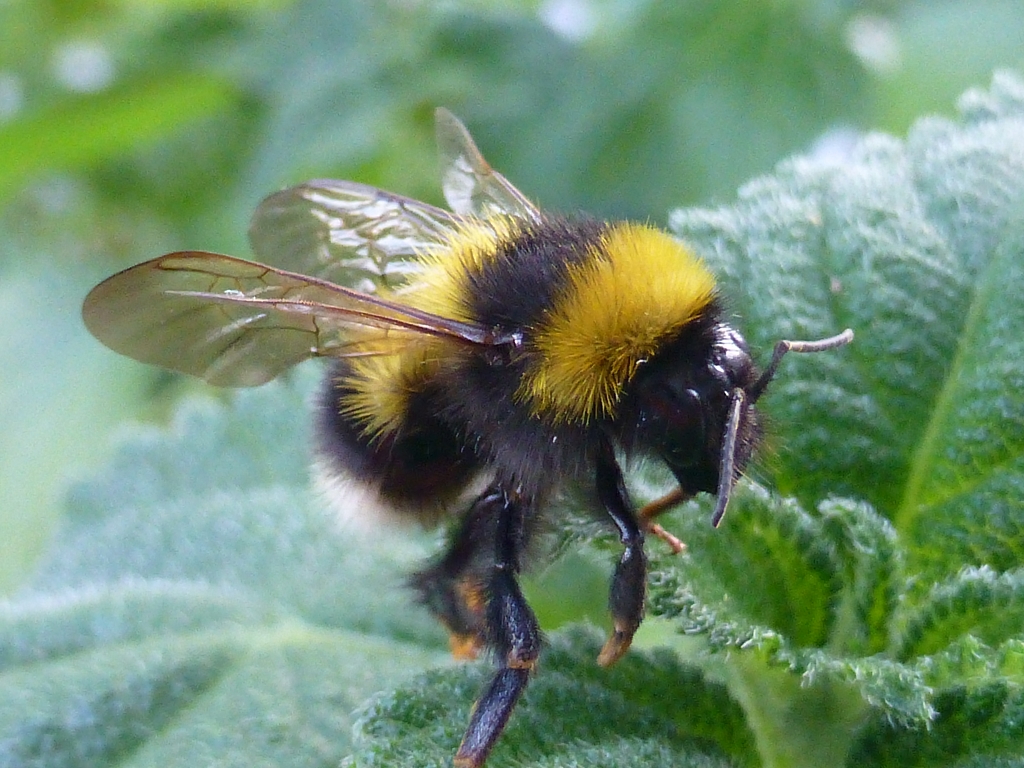
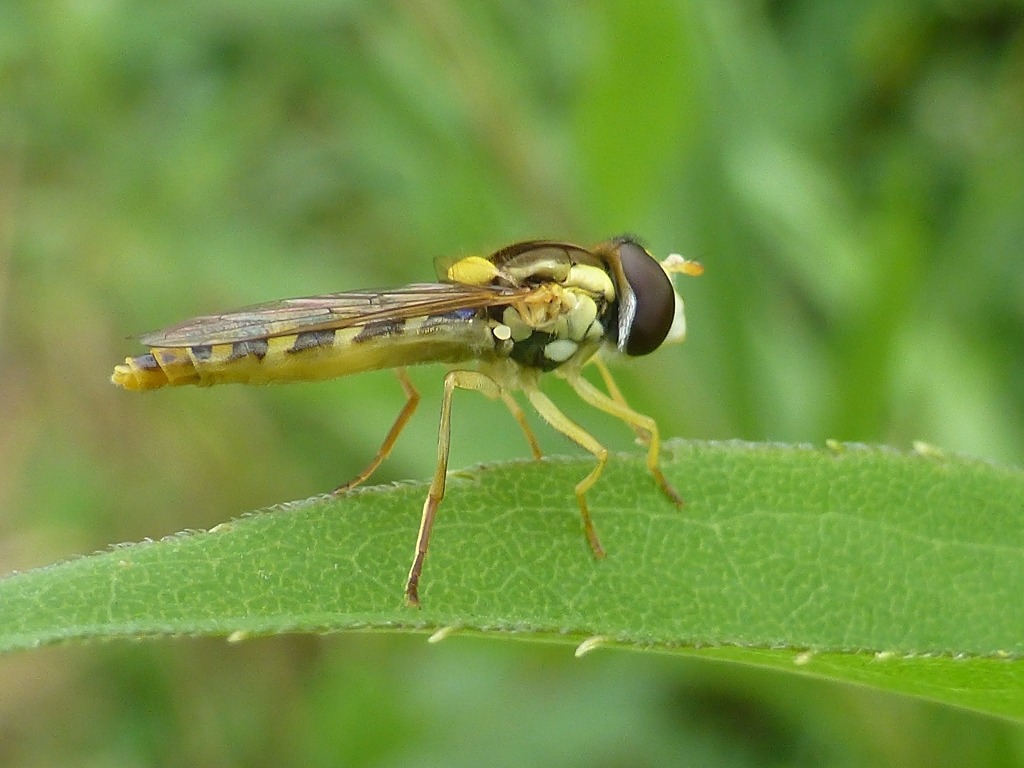




Leave a Reply